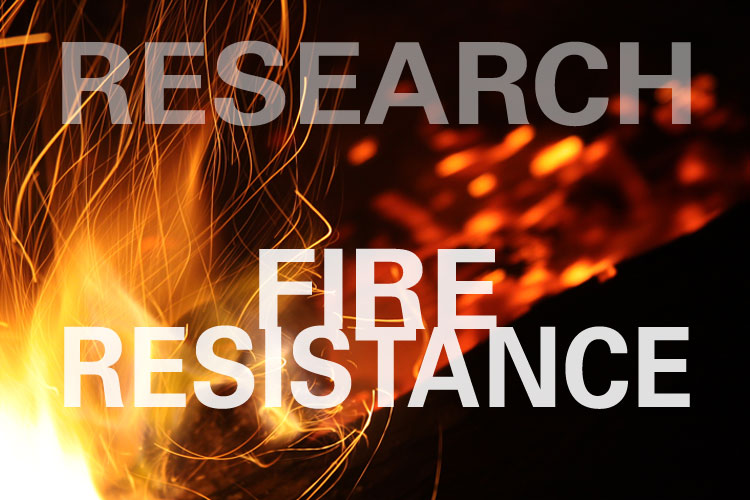The pyrolysis behavior of wheat straw and mallee residue and resulting gases, liquids, and chars were examined. The specific heat and thermal conductivity of both species were measured using computer-aided thermal analysis at heating rates of 10 and 100°C/min to a temperature of 1000°C. The sample decomposition was also measured by thermogravimetry. Gas chromatography detected evolved gases, and the bio-oils were characterized using GC-MS. Chars were examined using FTIR, proximate, and ultimate analysis. Both species initially displayed endothermic behavior, followed by rapid decomposition and fluctuating specific heat and thermal conductivity between 250 and 500°C. Oxides of carbon were the primary gases that evolved, with small amounts of hydrocarbons and hydrogen. The bio-oils predominantly contained oxygenated aromatics and organic acids, and the chars had high fixed carbon and low sulfur. In all instances approximately half of the product output was liquid. Straw produced 14% gas and 32% solid at 500°C, whereas mallee produced 13% gas and 36% solid. At 1000°C the proportions of solid decreased and gas increased. The efficiency of pyrolysis to 500°C, assuming no losses, was around 96% for both species. At 1000°C the efficiency decreased, with pyrolysis of mallee slightly more efficient than for straw.
Authors: Mulligan, Cara J.; Strezov, Les; Strezov, Vladimir



